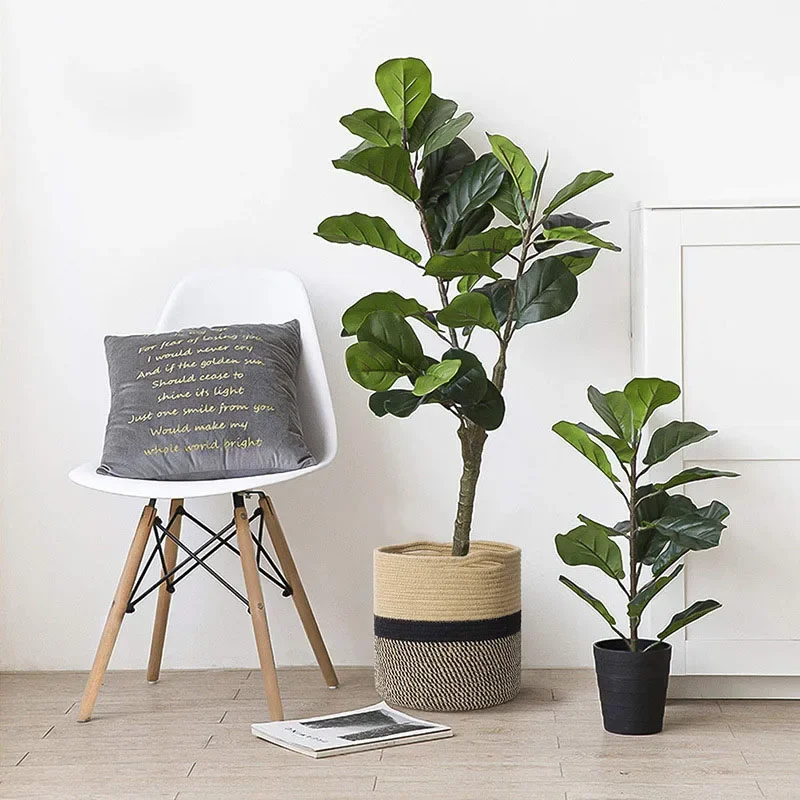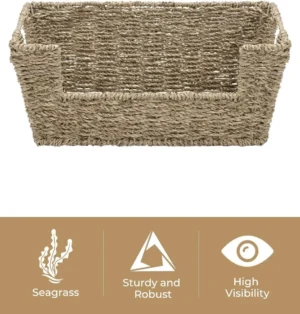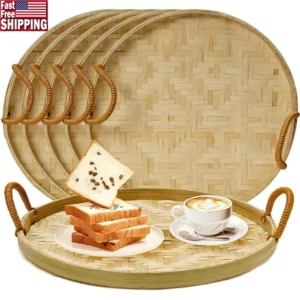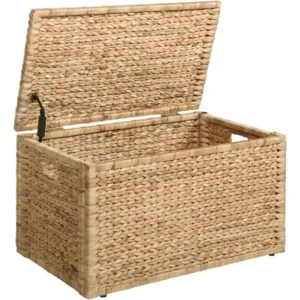Introduction: The Timeless Beauty and Utility of Basket Weaving
Basket weaving stands as one of humanity’s oldest and most practical crafts, combining functionality with artistic expression in a way few other handcrafts can match. Across continents and through countless generations, these woven containers have served essential roles in gathering, storing, and transporting everything from food to clothing. What makes basket weaving particularly fascinating is how similar techniques have emerged independently across different cultures, with patterns that have remained fundamentally unchanged for thousands of years.
Whether you’re drawn to this ancient craft for its meditative process, its practical results, or simply the joy of creating something beautiful with your own hands, basket weaving offers rewards at every skill level. In this guide, we’ll journey through popular basket patterns from beginner-friendly techniques to more advanced methods, revealing how organizing laundry with wicker baskets and other practical applications connect to this rich tradition of handcrafted beauty.
Essential Basket Weaving Foundations for Beginners
Before diving into specific patterns, it’s important to understand the basic terminology and tools that form the foundation of basket weaving:
Key Terminology:
* Stakes or Warps – The vertical elements that provide structure and form the “skeleton” of your basket
* Weavers or Wefts – The horizontal elements woven through the stakes to create the basket’s body
* Base – The bottom foundation of your basket, where weaving begins
* Upsetting – The technique of bending stakes upward to form the sides of a basket
* Rim – The finished edge at the top of your basket that provides strength and stability
Essential Tools for Getting Started:
* Sharp scissors or shears for trimming materials
* An awl or packing tool for tightening weaves
* Measuring tape to ensure consistent sizing
* A water-resistant container for soaking materials
Beginner-Friendly Materials:
Reed is the most common and forgiving material for beginners. It comes in different sizes, with #3 round reed being ideal for stakes and flat reed working well for weavers. Natural reed requires soaking in warm water for 10-20 minutes before use to make it pliable and prevent breakage.
Learning to prepare your materials properly is crucial for successful weaving. Proper soaking times vary—reed requires less time than bark or willow, which might need several hours or overnight soaking. The eco-friendly wicker basket materials available today include sustainable options like water hyacinth, seagrass, and responsibly harvested willow.
The Plain Weave: Your First Pattern
The plain weave, sometimes called “checkerwork,” is the foundation of basket weaving and the perfect starting point for beginners. This simple over-under pattern creates a grid-like appearance that’s both sturdy and versatile.
To create a square base using plain weave:
- Arrange an odd number of stakes (like 7 or 9) parallel to each other with equal spacing
- Place an equal number of stakes perpendicular across the middle, creating a grid
- Start weaving with a thin, flexible weaver, going over and under alternating stakes
- When you reach the edge, turn and continue the pattern back in the opposite direction
- For the second row, if you ended by going under a stake, start the new row by going over
Maintaining even tension is critical—not too tight to distort the stakes, but firm enough to create a solid structure. If you notice your weaving becoming too tight or loose, adjust gradually rather than making sudden corrections.
The plain weave creates excellent utility baskets, placemats, and simple containers. Many wicker baskets with handles utilize this fundamental pattern, demonstrating how even basic techniques can create beautiful, practical items.
Basic Twining: Adding Strength and Texture
Twining elevates your weaving by using two weavers that twist around each stake, creating a strong, rope-like pattern. Unlike plain weaving, twining provides exceptional structural integrity and decorative possibilities.
To execute basic twining:
1. Position your stakes in a radial pattern from a center point
2. Take two weavers of equal length
3. Place them across adjacent stakes, with one weaver on top and one below
4. Cross the top weaver behind the bottom weaver, between stakes
5. Continue this pattern, with each weaver crossing behind the other between stakes
Twining creates a distinctive twisted appearance and serves several key purposes:
- Securing the beginning rows of a basket
- Reinforcing the rim for added strength
- Adding decorative bands throughout a basket
- Creating a solid, gap-free base
For variation, try reverse twining (changing the crossing direction) or triple twining (using three weavers) to create different visual effects. This technique is ideal for small round containers, garlic baskets, or decorative elements within larger projects.
Many woven storage baskets incorporate twining at critical junctures to enhance both the appearance and durability of the finished piece.

Twill Weave: Creating Diagonal Patterns
Twill weaving introduces a fascinating visual dimension to your baskets through diagonal patterns. Unlike the simple over-under of plain weave, twill creates stepped patterns by taking each weaver over or under multiple stakes at a time.
The most common twill patterns include:
- 2/2 Twill – Each weaver goes over two stakes, then under two stakes
- Diamond Twill – Creates diamond shapes by reversing the twill direction at planned intervals
- Herringbone – Forms a zigzag pattern through alternating diagonal directions
To execute a basic 2/2 twill:
1. Set up your stakes in a grid pattern similar to plain weave
2. Start your weaver by going over two stakes, then under two stakes
3. For the second row, offset the pattern by one stake
4. This creates a stepped, diagonal appearance as the pattern progresses
The key to successful twill weaving is careful planning and counting. Many weavers find it helpful to mark their starting points or use colored stakes as reference points. When executed properly, twill creates visually striking patterns that add sophistication to your work.
Market baskets, bread baskets, and storage containers frequently use twill patterns. The rectangle wicker baskets available at Tidy Treasure often feature twill variations that demonstrate this technique’s versatility and visual appeal.
Coiling Technique: Building Spiral Structures
Coiling represents a completely different approach to basket making, focusing on building a continuous spiral structure rather than weaving between stakes. This ancient technique creates sturdy, tightly constructed containers with excellent versatility in shape and design.
The basic components of coiling include:
* Core material – Provides structure and substance (grasses, pine needles, or reed bundles)
* Binding material – Wraps around and connects the core (raffia, thin reed, or waxed thread)
To begin a coiled basket:
1. Form a small coil with your core material, about the size of a quarter
2. Secure this initial coil by wrapping your binding material around it several times
3. Begin spiraling the core material outward, continuously wrapping with binding material
4. Use a simple stitch pattern to connect each new row to the previous one
5. Control the shape by adjusting the position of new rows (flat for bases, angled for sides)
For different visual effects, vary the spacing of your stitches or use colored binding materials. Pine needle baskets, raffia bowls, and decorative vessels traditionally use the coiling technique.
The smooth, continuous appearance of many round wicker baskets draws inspiration from traditional coiling methods, demonstrating how this technique creates elegant curved forms.
Triple Rod Wale: Adding Structural Support
The triple rod wale technique elevates your basket weaving with substantial structural reinforcement and distinctive visual interest. This method involves weaving three rods (weavers) simultaneously, each following behind the other in a spiral pattern around the basket.
To execute a triple rod wale:
1. Insert three weavers behind adjacent stakes
2. Take the back weaver and bring it in front of two stakes
3. Place it behind the third stake and to the front again
4. Repeat with each weaver in succession, always working with the back weaver first
5. This creates a spiral pattern that wraps around the basket
The triple rod wale provides several advantages:
* Creates extremely sturdy transition areas between base and sides
* Reinforces the basket’s structure at critical points
* Adds decorative texture and visual interest
* Establishes solid foundation rows for subsequent weaving
This technique works best with flexible materials like soaked reed or willow. While challenging at first as you manage multiple weavers simultaneously, with practice, the rhythm becomes natural. Keep your materials consistently soaked during this process to maintain flexibility as you weave.
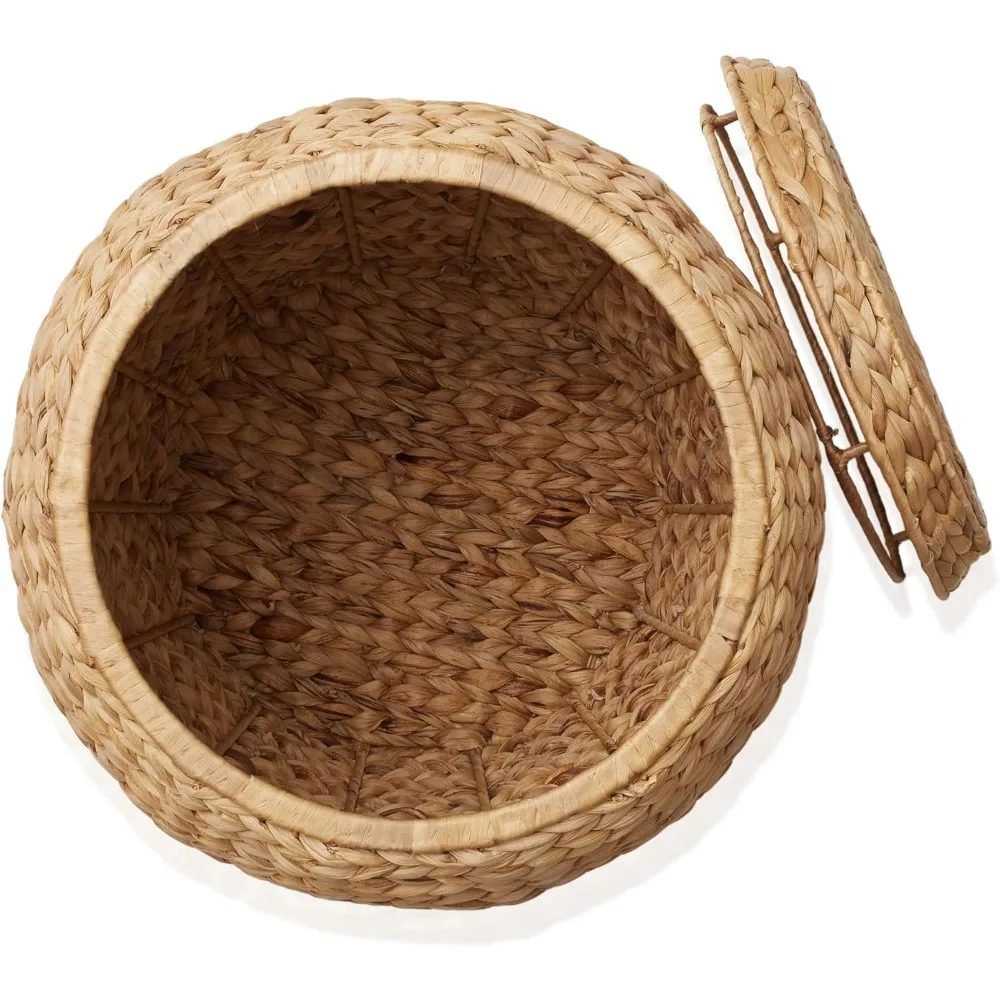
Advanced Patterns: Plaiting and Ribbed Construction
As your skills advance, plaiting and ribbed construction techniques open new possibilities for creating complex basket forms with sophisticated structures.
Plaiting Techniques:
Plaiting creates intricate surfaces through diagonal weaving patterns similar to braiding. Rather than the simple over-under of plain weave, plaiting often involves multiple weavers working in diagonal patterns. This technique:
* Creates tightly woven, textural surfaces
* Allows for complex geometric patterns
* Produces sturdy containers with minimal gaps
Ribbed Construction:
Ribbed construction creates elegant curved forms like egg baskets or melon-shaped containers by:
* Establishing a hoop or rim as the basket’s top opening
* Adding vertical or curved ribs that connect to a central base point
* Weaving horizontal elements between these ribs to form the basket body
Planning becomes crucial at this advanced level. Begin by sketching your design and creating templates for unusual shapes. Patience is essential—these techniques require precise material preparation and careful attention to structural balance.
For those looking to maintain their beautifully crafted baskets, understanding proper basket maintenance and care becomes increasingly important as you create more complex and valuable pieces.
Material Selection Guide for Different Patterns
Choosing the right material dramatically affects your basket’s appearance, strength, and suitability for specific patterns:
| Material | Characteristics | Best For | Preparation |
|---|---|---|---|
| Reed | Flexible, uniform, affordable | Plain weave, twill, basic twining | 10-20 min soak in warm water |
| Willow | Strong, traditional, variable thickness | Ribbed baskets, frame baskets | 1-2 hours soaking, sometimes overnight |
| Sea Grass | Textural, earthy appearance | Coiling, twining | Soak until pliable (30-60 min) |
| Pine Needles | Natural fragrance, rustic look | Coiling | Gather fresh or soak dried needles |
| Bark (Cedar, Birch) | Distinctive color, historical | Plaiting, mats | Harvest seasonally, keep moist |
The characteristics of each material influence which patterns work best. For instance, reed’s consistency makes it ideal for precise twill patterns, while willow’s strength is perfect for ribbed construction requiring structural integrity.
Combining materials creates interesting visual and textural effects—try reed stakes with sea grass weavers, or incorporate decorative elements like colored reed or natural bark. Many people find that organizing laundry with wicker baskets works best with sturdier materials like reed or willow for durability.
How to Incorporate Color and Texture in Basket Patterns
Adding color and texture transforms basic patterns into distinctive artistic expressions:
Natural Dyeing Techniques:
* Berry dyes create rich purples and blues
* Walnut hulls produce warm browns
* Tea or coffee offers subtle tan shades
* Onion skins create golden yellows
Incorporating Decorative Elements:
* Weave colored reed sections for geometric patterns
* Add beads by threading them onto thin weavers before weaving
* Incorporate natural materials like seed pods or dried flowers
* Use yarns or raffia as accent weavers for textural contrast
When planning decorative elements, consider how they’ll enhance your basket’s structure and purpose rather than competing with it. Color placement works best when it follows and emphasizes the basket’s structural patterns.
For inspiration, look at how laundry organization with wicker baskets often incorporates subtle color variations that complement home décor while maintaining functionality.
Troubleshooting Common Basket Weaving Challenges
Even experienced basket makers encounter challenges. Here are solutions to common problems:
Uneven Tension
Problem: Basket sides appear wavy or distorted
Solution: Use clothespins to hold weavers temporarily while adjusting tension; work on a flat surface; frequently check your progress from multiple angles
Warping Stakes
Problem: Stakes bend outward or inward inconsistently
Solution: Reinforce with twining rows at regular intervals; ensure materials are properly soaked; use heavier gauge material for stakes
Uneven Rim
Problem: Basket top is not level or consistent
Solution: Measure stake heights before beginning the rim; trim stakes to equal height; use a rim filler rod for stability
Gaps in Weaving
Problem: Visible spaces between weavers
Solution: Use a packing tool to gently push rows together; add more weavers for fuller coverage; consider using thinner material for tighter weaving
When mistakes become significant, don’t hesitate to unwrap sections and redo them. Patient correction creates better results than trying to disguise major flaws.
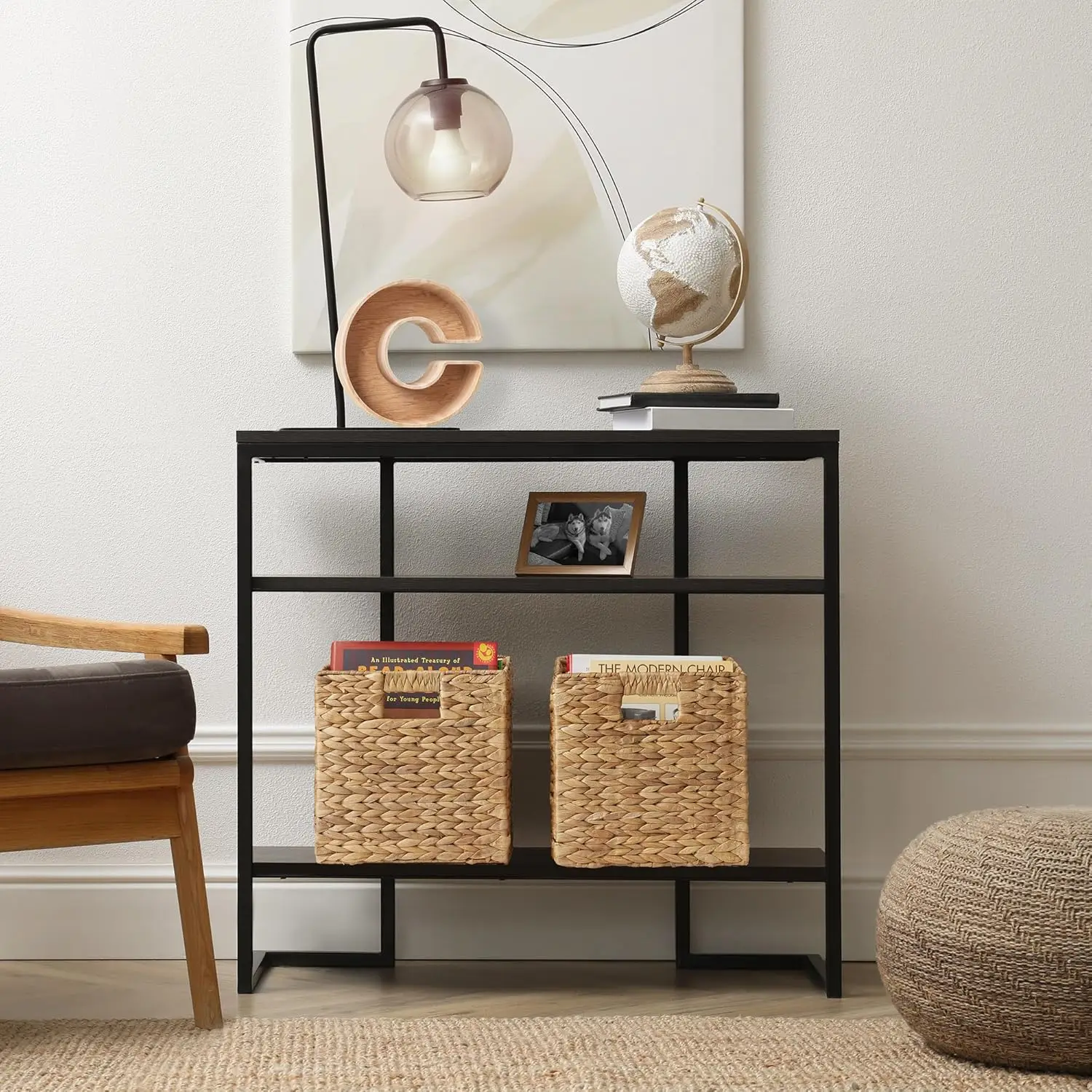
Your Next Steps: Project Inspiration for Each Pattern Level
Beginner Projects (Plain Weave & Basic Twining):
* Small trinket basket with plain weave base and twined sides
* Woven coasters or placemats using plain weave
* Simple wall pocket with twined border
* Napkin holder with plain weave and decorative twining
Intermediate Projects (Twill & Coiling):
* Market basket with twill pattern sides
* Lidded container using triple rod wale for structure
* Coiled bread basket with colored accents
* Divided storage basket with twill variations
Advanced Projects (Multiple Techniques):
* Ribbed egg basket with decorative twining
* Plaited picnic basket with fitted lid
* Footed display basket combining coiling and weaving
* Wall art incorporating multiple pattern elements
These projects build skills progressively, with each one introducing new challenges and techniques. For practical applications in home organization, explore wicker laundry basket storage ideas that combine beauty and functionality.
Black Wicker Baskets, Rattan Storage Baskets, Tall Wicker Baskets, Wicker Shelf Baskets, Woven Storage Baskets
5-Tier Distressed Black Wood Frame Storage Tower with Removable Wicker Baskets for Home Organization$715.80 Select options This product has multiple variants. The options may be chosen on the product pageWicker Laundry Baskets, Woven Laundry Baskets, Woven Storage Baskets
$392.02 Select options This product has multiple variants. The options may be chosen on the product pageWicker Baskets with Handles, Wicker Storage Baskets, Woven Storage Baskets
$137.92 Select options This product has multiple variants. The options may be chosen on the product pageLarge Wicker Laundry Baskets, Tall Wicker Baskets, Woven Laundry Hampers, Woven Storage Baskets
$130.54 Select options This product has multiple variants. The options may be chosen on the product pageRound Wicker Baskets, Wicker Baskets with Handles, Woven Storage Baskets
$177.30 Select options This product has multiple variants. The options may be chosen on the product pageWicker Storage Trunks, Woven Storage Baskets
$438.26 Select options This product has multiple variants. The options may be chosen on the product page
Where to Find Quality Basket Weaving Supplies and Resources
Finding quality materials is essential for successful basket weaving:
Supply Sources:
* Specialty craft stores with basketry sections
* Online basketry supply retailers
* Nature centers offering sustainable harvesting workshops
* Farmer’s markets (for willow and natural materials)
Learning Resources:
* “The Basket Book” by Lyn Siler (comprehensive techniques)
* “Contemporary Basketry” by Kate Forrest (modern approaches)
* Online video tutorials from established basket makers
* Local community center or craft guild workshops
Community Connections:
* Basketry guilds welcome beginners and offer mentorship
* Craft fairs provide inspiration and networking opportunities
* Social media groups connect makers for tips and troubleshooting
Creating a dedicated workspace enhances your weaving experience. Even a small area with good lighting, a comfortable seat, and space to store soaking materials will significantly improve your crafting process.
For inspiration, explore our specialty baskets collection to see professional examples of different weaving techniques.
Why Natural Fiber Baskets Enhance Your Home Décor
Handcrafted baskets bring unique qualities to home interiors that manufactured items simply cannot match:
Natural baskets add organic texture that softens modern spaces, creating visual interest and warmth. Their neutral palette complements virtually any décor style, from minimalist to bohemian to traditional. Unlike plastic storage, natural fiber baskets age beautifully, developing character and patina over time.
In living spaces, larger baskets can store throw blankets or serve as planters, while smaller designs work perfectly for remote controls or reading materials. Kitchens benefit from wall-mounted baskets for produce or countertop versions for bread and fruit. Bathrooms transform with baskets that contain toiletries while adding spa-like natural elements.
The versatility of these handcrafted items makes them timeless décor elements. Learning how to match laundry baskets with home décor allows you to create a cohesive look throughout your home while maintaining functionality.
Understanding the Quality Markers in Well-Crafted Baskets
Recognizing quality craftsmanship helps both in evaluating purchased baskets and improving your own work:
Signs of Superior Craftsmanship:
* Consistent tension throughout the weaving
* Even spacing between elements
* Smooth transitions between techniques
* Neatly finished rim with no loose ends
* Stable, level base that sits without rocking
* Appropriate material selection for the basket’s purpose
Different patterns contribute distinctly to basket quality. Plain weave should show consistent over-under patterns without skipped stakes. Twill patterns must maintain their diagonal lines without disruption. Coiled baskets should have even stitching with consistent coil thickness.
When evaluating a basket’s craftsmanship, examine how it feels in your hands—a well-made basket has a satisfying weight and balance. Structural elements should feel firm yet slightly flexible, not brittle or overly rigid. These quality indicators reflect the care and skill invested in creating each piece.
Conclusion: Embracing the Weaver’s Journey
The journey from basic plain weave to complex ribbed construction represents more than just technical skill development—it connects you to a tradition that spans cultures and centuries. Each pattern you master adds to your creative vocabulary, allowing for increasingly personal expression within these time-honored techniques.
As you practice these patterns, you’ll develop your own distinctive style, perhaps combining traditional methods in new ways or incorporating unexpected materials. The value of handcrafted baskets extends beyond their practical use—they represent a conscious choice to create and preserve rather than simply consume.
Whether you’re weaving simple organizational baskets for your home or creating elaborate artistic pieces, each project contributes to keeping this ancient craft alive. The satisfaction of transforming simple materials into beautiful, functional objects remains as powerful today as it was for our ancestors thousands of years ago.

